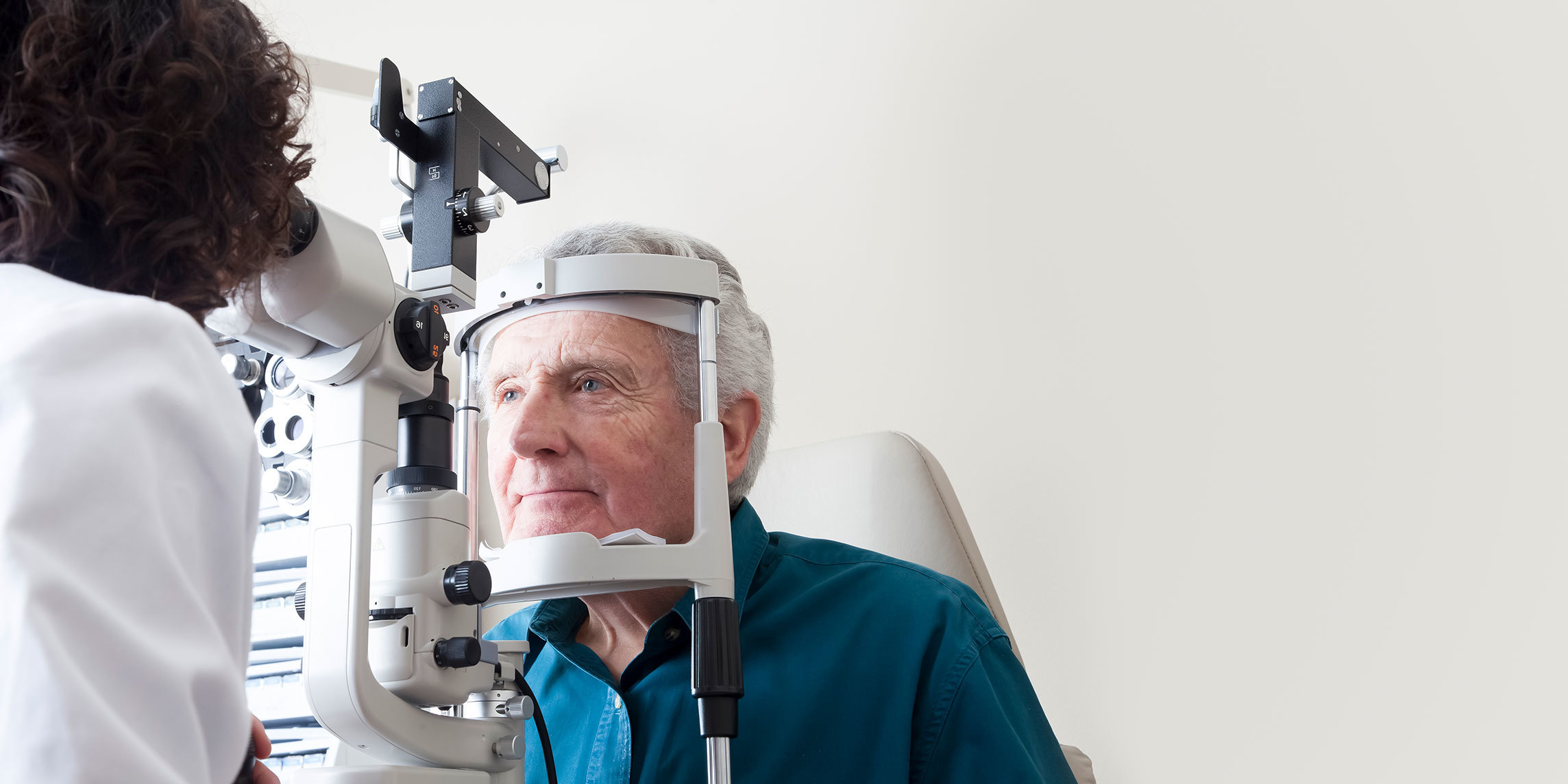About Anterior Segment Reconstruction
The anterior segment of your eye is comprised of the cornea, iris, and lens. Reconstructing your anterior segment can involve one or more interventions depending on which of these structures has been damaged and must be replaced. These procedures (corneal transplant, implantation of an intraocular lens, and/or implantation of a prosthetic iris) may or may not be performed during the same surgery. Anterior segment reconstruction is typically performed after severe structural damage caused by injury, infections, or complications from previous surgery.
Why is anterior segment reconstruction performed?
Anterior segment reconstruction is performed to improve vision and function after structural damage to the anterior segment of the eye.
How do I know if I am a candidate for anterior segment reconstruction?
You may be a candidate for one or more anterior segment procedures if one or more structure in the anterior segment of your eye has been damaged. You may be a candidate for the anterior segment reconstruction if one of the following applies to you:
- You sustained a serious injury to the cornea, lens, or iris
- You have been diagnosed with one of the following conditions
- Cataracts
- Corneal dystrophy such as keratoconus or Fuch’s dystrophy
What can I expect during anterior segment reconstruction?
During anterior segment reconstruction, you may be given local anesthesia to numb your eye or you may be put under general anesthesia. The exact details of the procedure depend on which structures in the anterior segment are affected and the extent to which they were damaged. In some cases, the anterior segment is reconstructed over the course of several successive surgeries. In other cases, the entire procedure can be performed in under an hour.
What can I expect after undergoing anterior segment reconstruction?
Any anterior segment surgery will involve manipulation of the cornea, which is slow to heal. During this time, you will need to return to your ophthalmologist for follow-up appointments. Protecting your eyes in the weeks and months following your surgery is of the utmost importance. Your ability to perform various activities following surgery may vary, and you should consult with your physician about your needs. For example, you may require a recovery period before returning to work. Other activities that may be limited after undergoing this surgery include driving and physical exercise.
Care Team Approach
At UT Health Austin, we take a multidisciplinary approach to your care. This means you will benefit from the expertise of multiple specialists across a variety of disciplines. Your care team will include fellowship-trained neuro-ophthalmologists, ophthalmic technicians, physician assistants, nurse practitioners, social workers, and more who work together to help you get back to the things in your life that matter most to you. We also collaborate with our colleagues at the Dell Medical School and The University of Texas at Austin to utilize the latest research, diagnostic, and treatment techniques, allowing us to identify new therapies to improve treatment outcomes. We are committed to communicating and coordinating your care with your other healthcare providers to ensure that we are providing you with comprehensive, whole-person care.
Learn More About Your Care Team

Mitchel and Shannon Wong Eye Institute
Health Transformation Building, 1st Floor
1601 Trinity Street, Bldg. A, Austin, Texas 78712
1-833-UT-CARES (1-833-882-2737)
Get Directions